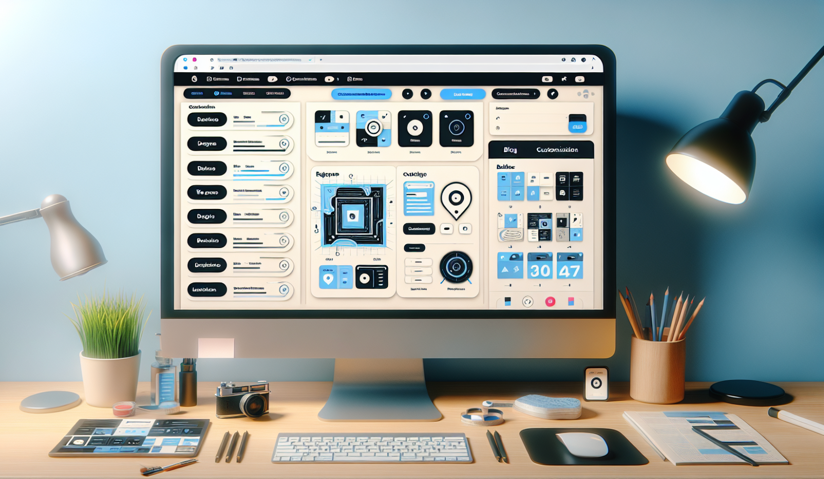How to Create a Custom Blog Post Layout Using Divi Theme
In the ever-evolving world of web design, having a distinctive and consistent blog layout can set your site apart. If you’re using the Divi theme, you’re in luck. This comprehensive guide will walk you through creating a custom blog post layout that can be applied to all your posts, ensuring uniformity and professionalism. Let’s dive into the process and explore how to leverage the Divi Theme Builder for your blogging needs.
Getting Started with Divi Theme Builder
The Divi Theme Builder is a powerful tool that allows you to design unique templates for different parts of your website. Here’s how to begin:
Setting Up Your Template
To create a custom blog post layout, start by navigating to the Divi Theme Builder in your WordPress dashboard. Click on “Create New Template” and select the option to apply it to all posts. This will ensure every new post adopts the design you create.
- Skip Global Body: Avoid adding a global body to prevent applying the template to your entire website.
- Select All Posts: For a universal design, choose all posts, but you can also specify categories or tags if desired.
Adding Custom Body Elements
Once your template is set up, it’s time to add a custom body. This is where you’ll define the layout for your blog posts.
- Post Title: Begin by adding a section with a dynamic post title. This ensures each post displays its unique title.
- Background Image: Enhance the visual appeal by adding a background image. Customize the title’s color and style for readability against the image.
Designing the Blog Layout
Now that your basic setup is complete, let’s focus on the detailed design elements.
Customizing the Header and Content
Incorporate a header that stands out and content that’s easy to read:
- Header Customization: Hide unnecessary elements like meta and featured images in the header. Focus on the post title’s font, size, and color to match your brand.
- Content Styling: Add post content modules and customize headings (H1, H2, etc.) to maintain a consistent style across all posts.
Sidebar and Widgets
A sidebar can enhance navigation and provide additional information to your readers.
- Logo and Text: Include your logo and a brief introduction or author information. Customize the text style to align with your brand.
- Social Media Links: Add social media follow buttons to connect with your audience.
- Widgets: Use widgets like search forms or recent posts to enhance user engagement.
Finalizing Your Layout
With your design elements in place, it’s time to finalize and test your layout.
Testing and Adjustments
- Save and Refresh: Ensure all changes are saved before refreshing the page to prevent data loss.
- Add Comments Module: Enhance interactivity by adding a comments section. Customize its appearance to match your theme.
Publish and Review
After creating a new post with the default editor, review your blog’s appearance to ensure everything displays correctly.
- Feature Image and Tags: Always add a featured image and appropriate tags for better categorization and visual appeal.
- Consistency Check: Ensure that fonts, colors, and layout are consistent across all posts.
Conclusion
Creating a custom blog post layout using the Divi theme is an efficient way to maintain a professional and cohesive look across your blog. By following the steps outlined in this guide, you can design a layout that not only reflects your brand but also enhances the reader’s experience. Remember, this template can be adjusted at any time through the Divi Theme Builder, allowing for flexibility and creativity as your blog evolves.
Stay tuned for more tutorials, including creating a custom archive page with Divi. Until then, happy designing!



0 Comments